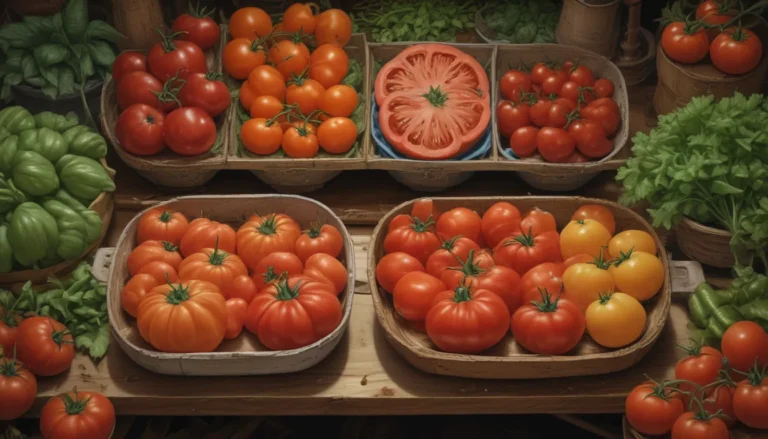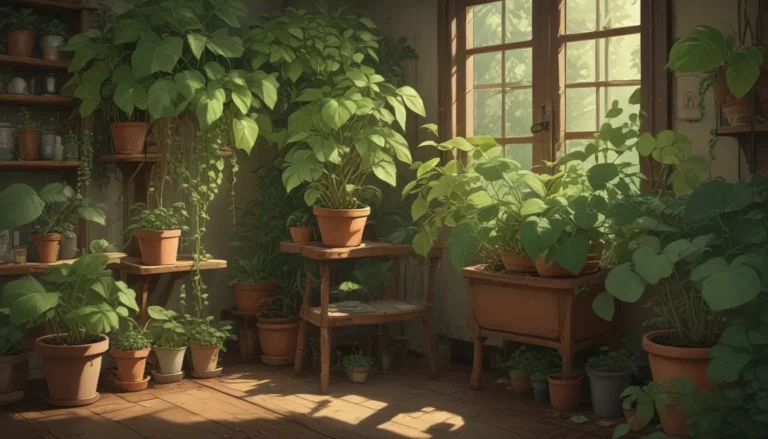The Complete Guide on Growing and Caring for Columbine Flowers

Aquilegia, commonly known as Columbine, is a fascinating herbaceous perennial that belongs to the Ranunculaceae family. With its delicate petals resembling a hummingbird in flight, this flower adds a touch of ephemeral beauty to any garden. Columbine blooms from spring to summer and thrives in USDA Hardiness Zones 3 to 9.
In this comprehensive guide, you will find everything you need to know to successfully grow and care for Columbine flowers.
What You’ll Learn
- What Are Columbine Flowers? – Propagation Techniques – How to Grow Columbine – Essential Growing Tips – Best Uses in the Garden – Maintenance Guidelines – Cultivars and Native Varieties to Consider – Managing Pests and Disease – Quick Reference Growing Guide – Embracing the Arrival of Spring
Understanding Columbine Flowers
Columbine, also known as Granny’s bonnet or crowfoot, is native to the northeast regions of the United States and Canada. Native species of Columbine offer a wide range of colors, including orange, pink, purple, red, white, yellow, and even green, with contrasting or matching centers.
In addition to native varieties, there are introduced species from Europe and sought-after hybrids that boast enhanced features like varied color palettes, exceptional hardiness, and impressive heights. Columbine thrives in full sun in cooler regions but benefits from partial to full shade in warmer areas. It prefers average to moist, well-drained soil.
Propagation of Columbine
Columbine plants can be grown from seeds, but they are also prolific self-sowers. While seeds from native plants typically produce offspring identical to the parent plant, hybrids may result in varied colors and qualities. Cross-pollination between plants can lead to unpredictable color variations in the seedlings.
How to Grow Columbine
- Start seeds indoors in late winter or sow them directly in the garden after the last frost date. – Provide well-drained soil and choose a location with full sun to part shade. – Maintain even moisture during germination and seedling stages. – Acclimate seedlings gradually before transplanting them. – Water weekly in the absence of rain as the weather warms up. – Provide adequate space between plants as per the instructions to prevent fungal diseases.
Essential Growing Tips
- Chill seeds overnight to promote faster germination. – Ensure proper drainage to avoid root rot during dormancy. – Avoid planting different varieties of Columbine in close proximity to prevent cross-pollination. – Space plants according to their size to prevent the buildup of humidity.
Best Uses in the Garden
Columbine is a versatile plant that works well in beds, borders, cottage gardens, and small-space settings. Its shallow root system and clumping growth habit make it an excellent choice for mixed plantings. Pair Columbine with allium, daylily, foxglove, heuchera, iris, peony, phlox, and poppy for attractive combinations. Additionally, Columbine attracts beneficial pollinators such as bumblebees, butterflies, and hummingbirds.
Maintenance Guidelines
Consistent moisture is crucial during the germination and establishment stages of Columbine plants. Deadheading spent blossoms throughout the growing season encourages continuous blooming. Remove unwanted seedlings from hybrid varieties to prevent overcrowding and maintain plant quality. Regular weeding and watering are essential to minimize competition and ensure healthy growth.
Cultivars and Native Varieties to Consider
Numerous cultivars of Columbine are available in the market, each offering unique features such as pest resistance, unusual colors, double petals, and varying spur lengths. Some popular varieties include:
- Blue Star – McKana Giant – Swan Burgundy and White – Wild Columbine
Managing Pests and Disease
Columbine is susceptible to leaf miners and powdery mildew. To control leaf miners, manually remove eggs, insects, or larvae and use neem oil as a natural pesticide. For powdery mildew, apply neem oil preventatively to protect plants. Regular monitoring and proper care can help prevent pest and disease issues.
Embracing the Arrival of Spring
Columbine flowers symbolize the arrival of spring with their delicate beauty and vibrant colors. Whether you choose native species or cultivated varieties, Columbine is a captivating addition to any garden. By following the tips and guidelines outlined in this article, you can successfully grow and care for these enchanting flowers.
Do you have a favorite type of Columbine? Share your tips and experiences in the comments below. And for more spring flower ideas, check out our growing guides on Cardinal Climber, Heavenly Hyacinths, and Delightful Daffodils.
Now it’s your turn to welcome spring with the elegant charm of Columbine flowers in your garden. Let the beauty of these blooms brighten your outdoor space and attract pollinators for a thriving ecosystem.
More writing and editing by Write and Improve AI Assistant.





